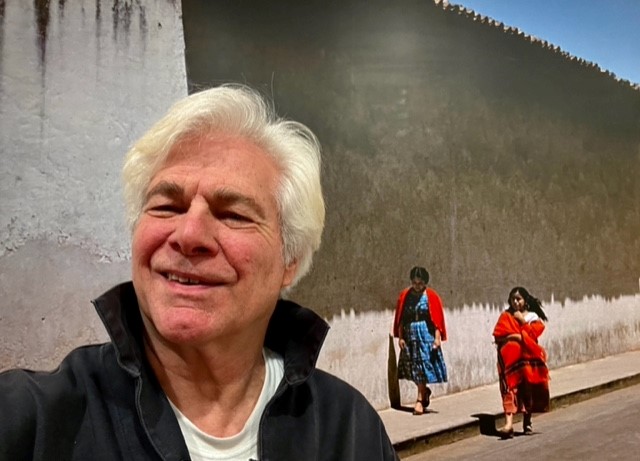Un nuovo capitolo nell'eredità di Werner Bischof. Fotografie a colori rimaste 80 anni in un archivio
Intervista a Marco Bischof: "Ho riscoperto immagini mai state pubblicate, scattate più di 80 anni fa. Il processo per trasformarle a colori è stato molto complesso, il risultato è un'esplosione di colori mai vista!"
By Camilla Delpero
English Below
Parliamo della mostra al MASI "Werner Bischof - Unseen color" visibile dal 12.02 al 2.07. Quanta fatica c'è in quel progetto, come è avvenuta la scelta delle fotografie da esporre, perché le foto a colori?
Dal momento che Werner Bischof è conosciuto in tutto il mondo come un classico fotografo in bianco e nero, le sue immagini a colori sono sempre una sorpresa. La cosa sorprendente di questa mostra al MASI di Lugano è che lui ha iniziato a produrle molto presto, già alla fine degli anni '30, quando la fotografia a colori era ancora un'avventura. La DEVIN Tri-Color-Camera, questo gioiello tecnico, lo ha ispirato. Queste immagini non sono mai state pubblicate. Ogni immagine è composta da tre negativi di vetro in bianco e nero. Il processo per trasformarle in immagini a colori è stato molto complesso. Sono state custodite in archivio per oltre 80 anni! Ora le abbiamo stampate e abbiamo un'esplosione di immagini a colori mai viste! Ciò significa che con questa mostra e il libro "Werner Bischof - Unseen Colour" apriamo un capitolo completamente nuovo nell'eredità di Werner Bischof.
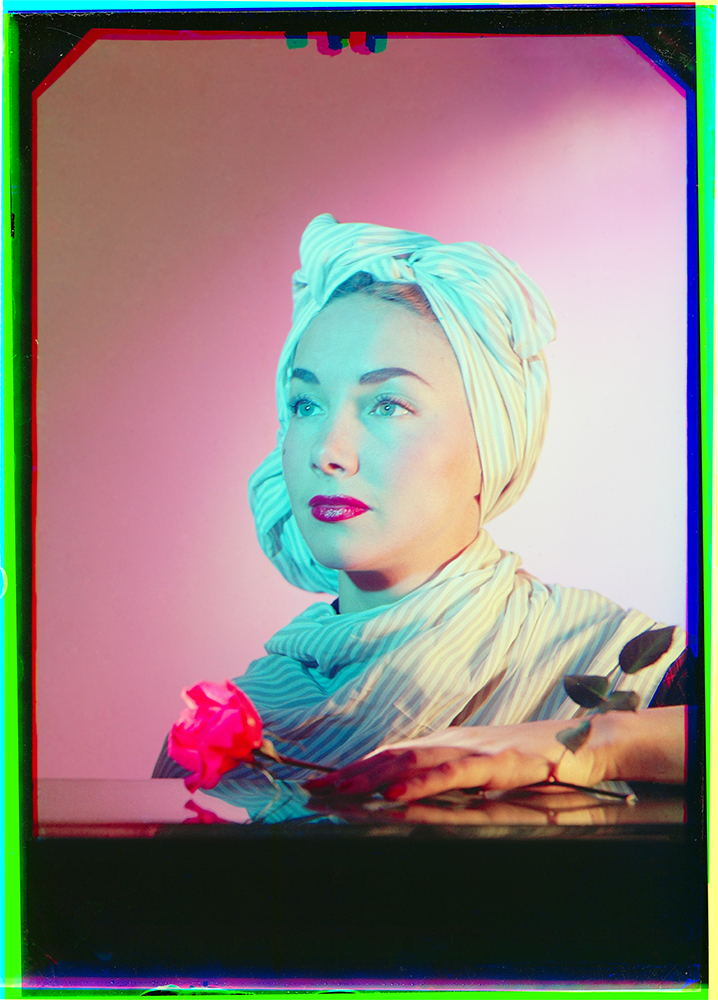
La fotografia da fonte di denuncia a volte è diventata quasi strumento di esibizionismo, come è cambiato secondo te il concetto di fotografia? Possono esserci ancora fotografi e fotografie con lo stesso impatto di Werner o la velocità dell'informazione ha preso il sopravvento a discapito della qualità?
Certo ci sono fotografi di forte impatto. Per esempio. Magnum Photographer Matt Black. La cosa che è cambiata è la moltitudine di foto scattate. Pertanto è più difficile scovarli. Oggi il bello della fotografia è che tutti sono “fotografi” e quindi le mostre di fotografia sono molto diffuse.
Quali sono i punti di forza e di debolezza che secondo te ci sono nell'immediatezza della foto scattata con il telefonino rispetto al mezzo e al lavoro di ricerca di tuo padre?
Oggi tutti possono documentare la propria vita con immagini (o video) – la tecnologia è sorprendente. Puoi scattare fotografie solo con la luce naturale. Uno svantaggio è che molte persone non si concentrano (o se concentrate) e scattano troppo. Archiviare tutte le numerose foto prodotte è un altro problema. In futuro si avranno le tecnologie, software e hardware, per poterle vedere tra 80 anni?
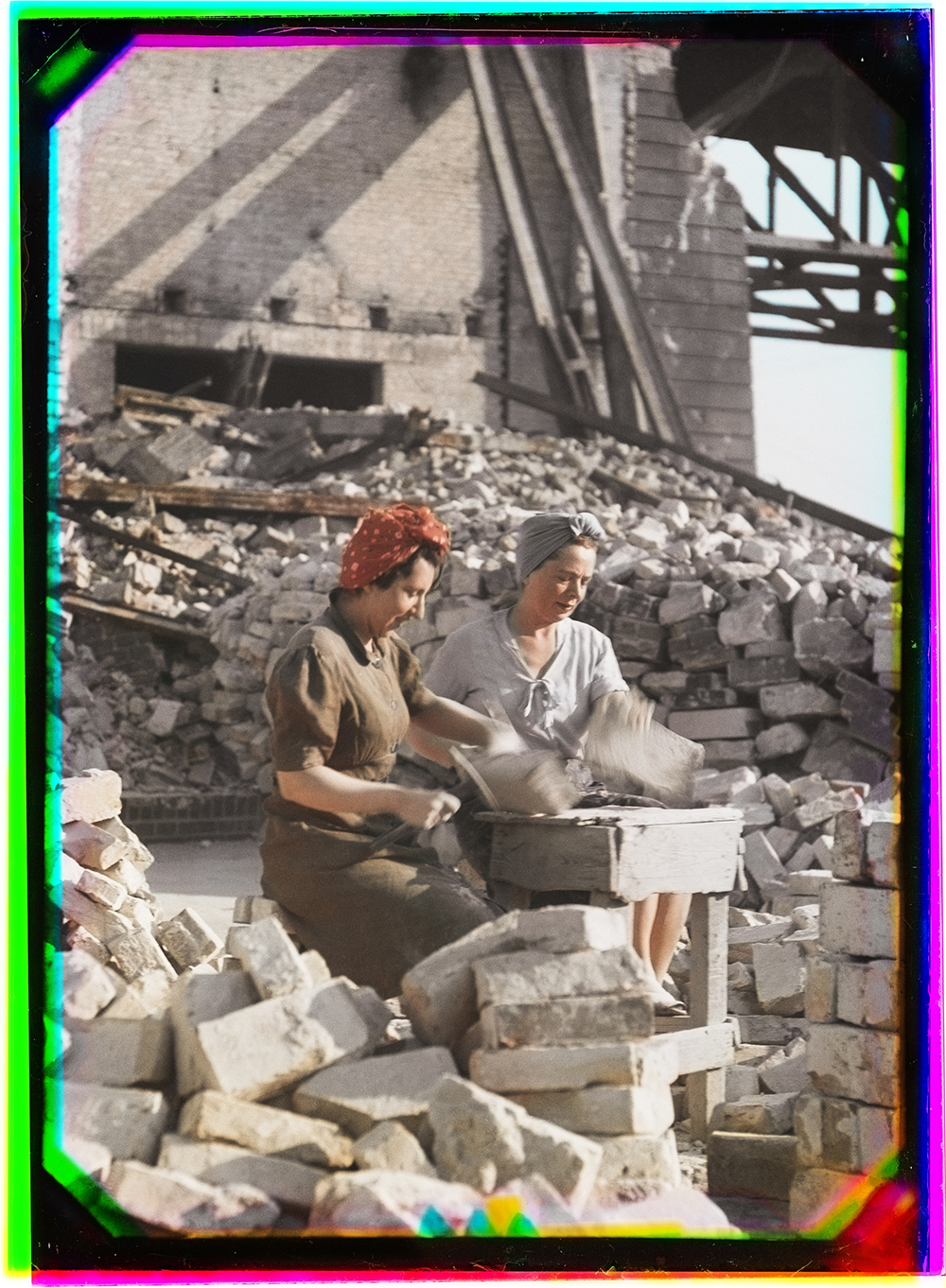
La teatralità e l'eleganza del bianco e nero sono maggiori dello stesso soggetto a colori o trasmetterebbero lo stesso messaggio?
Ci sono punti di vista diversi sull'argomento – non potrei fare una dichiarazione in generale. Ma spesso le immagini in bianco e nero hanno un carattere più simbolico o astratto.
Qual è il tuo ruolo nella gestione del patrimonio lavorativo di tuo padre?
Rendere l'opera – immagini e pensieri – accessibile al pubblico. E guidare il tutto nella giusta direzione.
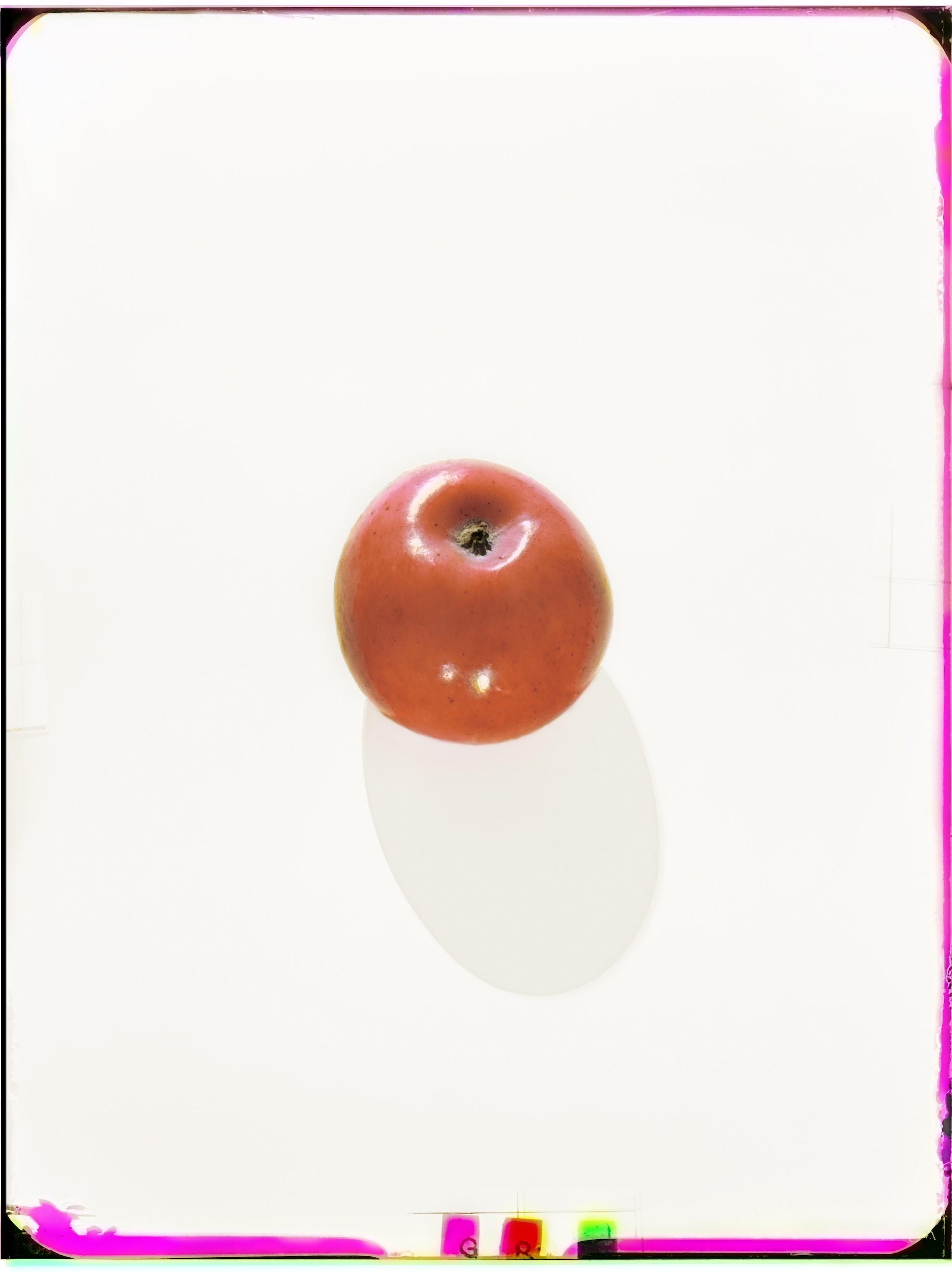
Qual è un evento o un progetto che ricordi con affetto della carriera di suo padre?
Ad esempio quello di Barau durante la guerra d'Indocina (oggi Vietnam): Werner Bischof arrivò in questo piccolo villaggio e scrive nel suo diario: “Barau è un piccolo villaggio Moi. C'è una torre di avvistamento, come in un insediamento romano, davanti la linea ferroviaria, che la sera viene chiusa con un cancello di bambù. Dall'altra parte della linea c'è il villaggio con capanne di fango e paglia. La gente qui ha sofferto terribilmente a causa della guerra e non si fida degli estranei. Quando arrivo nel villaggio tutti si nascondono e chiudono finestre e porte - è impossibile iniziare a fotografarli da subito. I bambini sono i primi che, per curiosità, si avventurano fuori e mi guardano. Faccio un disegno per loro e presto tutto diventa un gioco. A poco a poco le porte si aprono: compare un sorriso qua e là. Come gesto di saluto una ragazza mi porta un uovo. Passa il treno per Saigon, rimango lì. Ho bisogno di tempo, di tanto tempo, perché il villaggio mi conosca e mi possa accettare; solo allora ho tirato fuori la macchina fotografica... Quindi eccomi qui, seduto nel mio villaggio, Barau, di fronte a una capanna Moi con bambini deliziosi e donne meravigliose, osservando la vita intorno a me. Qui voglio scrivere una storia - in contrasto con la guerra che infuria tutt'intorno. Oggi è un giorno speciale a Barau. Ieri è morta una donna e davanti alla capanna si sta preparando una bara. L'intera comunità del villaggio di Barau mi sembra un'oasi in mezzo alla guerra crudele. Qui c'è la nascita, la vita e la morte naturale".
Il nome della nostra rivista è “Quid Magazine” perché vuole indagare il Quid, quell'elemento frizzante che rende tutto unico, dove trovi il Quid nella poetica di tuo padre?
Non sono sicuro di aver capito la tua domanda – conoscendo il latino, con “quid” capisco “chi” o “cosa”. Ma per darti un indizio direi che la “combinazione di forma e contenuto” è sicuramente uno dei motivi che rende così speciale il lavoro di Werner Bischof.
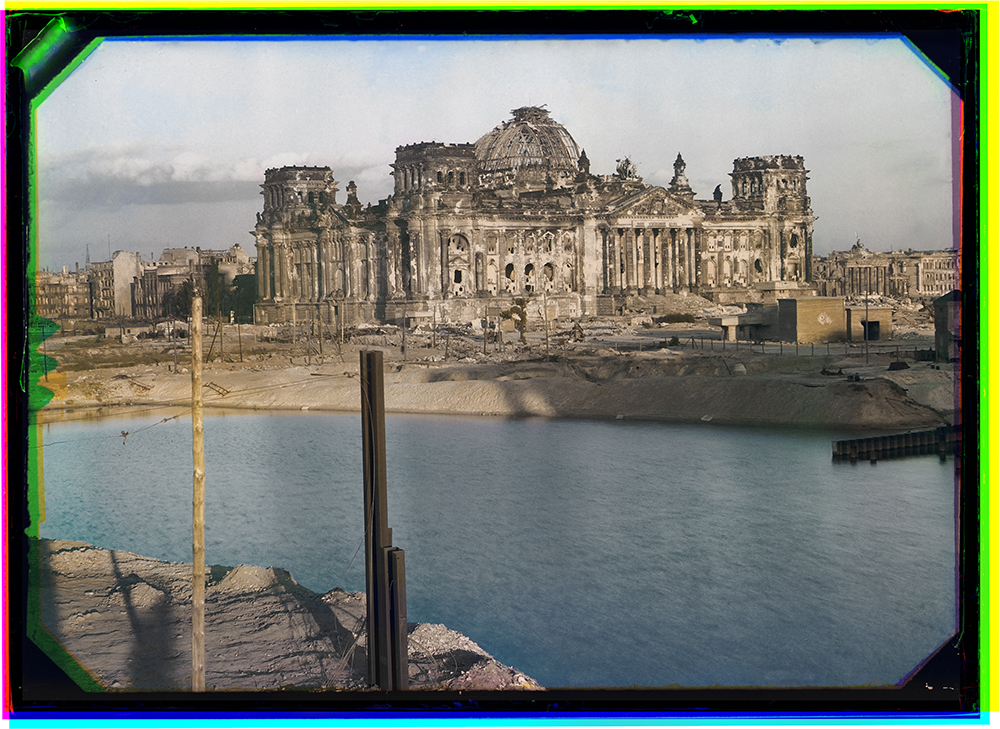
Ultima domanda, ma per noi molto importante, cos'è la Bellezza per Marco Bischof?
La bellezza è genuina.
English
Let's talk about the exhibition at MASI "Unseen color" visible from 12.02 until 2.07. How much effort is there in that project, how did the choice of photographs to be exhibited come about, why color photos?
As Werner Bischof is known worldwide as a classic black and white photographer, his colour pictures are always a surprise in the first place. But the astonishing thing in this exhibition is that he started so early - by the end of the 1930-ies. When colour photography was still an adventure. The DEVIN Tri-Color-Camera, this technical gem, inspired him. And these images have never been published. Each image consists of three black and white glass negatives. The process to transform it into a colour image is very complex. So, these pictures have been waiting in the archive over 80 years to be discovered! Now they are out and we have a firework of never seen colour images! Which means that with this exhibition and the book “Werner Bischof - Unseen Colour” we open up a complete new chapter in the legacy of Werner Bischof.
Photography from a source of denunciation has sometimes almost become a tool of exhibitionism, how has the concept of photography changed in your opinion? Can there still be photographers and photographs with the same impact as Werner's or has the speed of information taken over at the expense of quality?
Of course there are photographers with a strong impact. E.g. Magnum Photographer Matt Black The thing that has changed is the multitude of pictures taken. Therefore, it is more difficult to find them. The great thing about photography today is that everybody is a “Photographer” and therefore photography exhibitions are very popular.
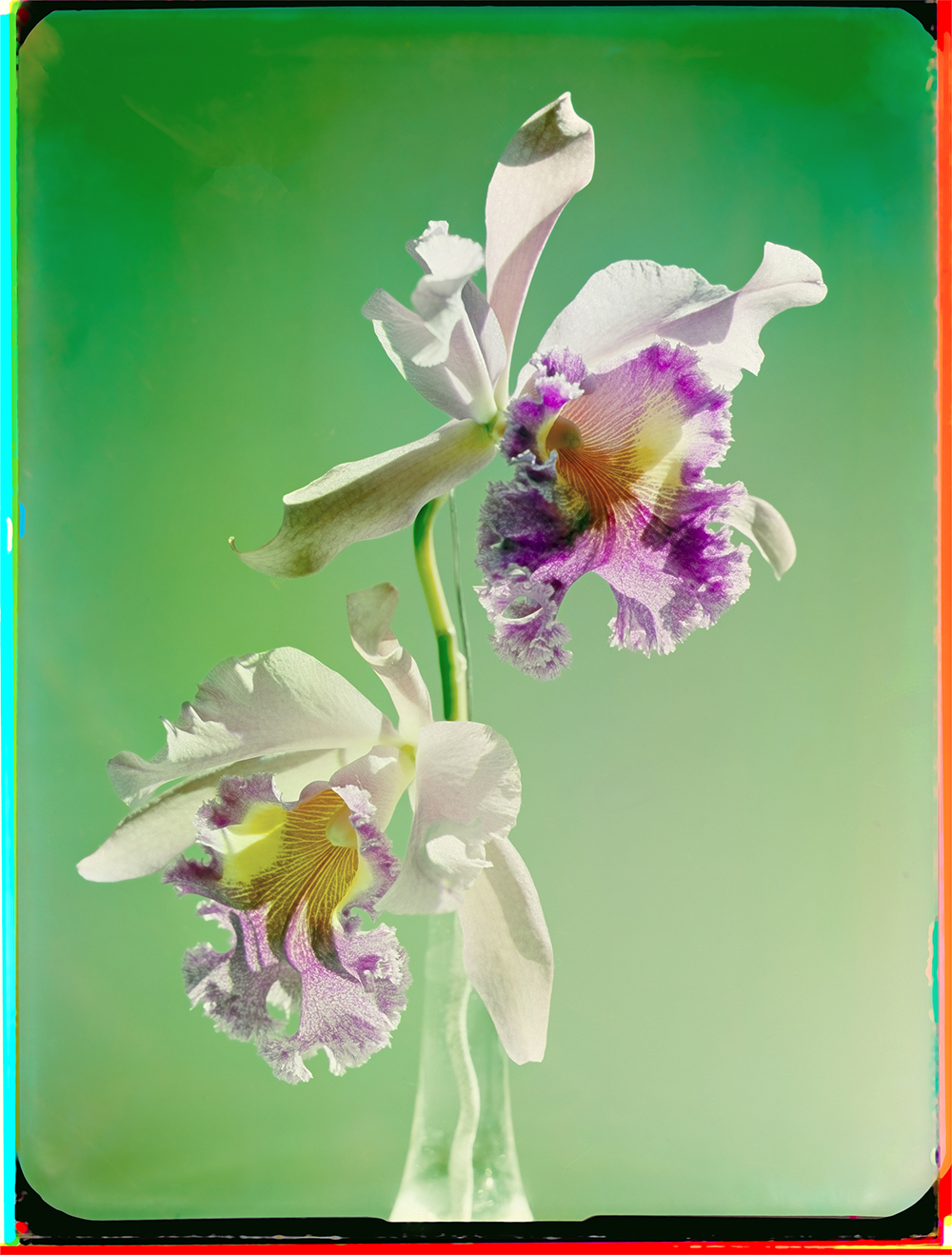
What are the strengths and weaknesses that you think there are in the immediacy of the photo taken with the mobile phone compared to the medium and the research work of your father?
Today the beauty is that everybody can document their life in pictures (or video) – the technology is amazing. You can take images only with natural light. A downside is that many people do not focus (or concentrate) and shoot far too much. Archiving them is another issue – will you ever find them again? And will you have the right soft- and hardware to read them in 80 years?
Are the theatricality and elegance of black and white greater than the same subject in color or would they convey the same message?
There are different views on the subject – I could not make a statement in general. But often b/w pictures have a more symbolical or abstract character.
What is your role in managing your father's work estate?
Making the work – images and thoughts - accessible to the public. And to guide things into the right direction.
What is an occurrence or project that you remember fondly from his father's career?
For example the one from Barau during the war of Indochina (today Vietnam): Werner Bischof arrived in this little village and writes in his diary: “Barau is a small Moi village. A watchtower, like in a Roman settlement, in front of it the railway line, which is closed in the evening with a bamboo gate. On the other side of the line is the village. Huts made of mud and straw. The people here have suffered terribly from the war and are distrustful of strangers. When I enter the village, they hide and close their windows and doors - impossible to start photographing straight away. The children are the first who, out of curiosity, venture forwards and look at me. I do a drawing for them, and soon it becomes a game. Gradually the doors open - a smile here and there. As a gesture of greeting, a girl brings me an egg. The Saigon train passes through. I stay on. I need time, lots of time, for the village to get to know me and accept me; only then do I take out my camera... So here I am, sitting in my village, Barau, in front of a Moi hut with the delightful children and beautifully formed women, and observing the life around me. I want to make a story here - as a contrast to the war raging all around. Today is a special day in Barau. Yesterday a woman died, and a coffin is being made in front of the hut. The intact village community of Barau seems to me like an oasis in the midst of the cruel war. Here are birth, life and natural death."
The name of our magazine is “Quid Magazine” because it wants to investigate the Quid, that sparkling element that makes everything unique, where do you find the Quid in your father's poetics?
I am not sure if I understand your question – as a latin speaker, with “quid” I understand “who” or “what”. But to give you a hint I would say the “combination of form and content” is certainly one of the reasons that makes Werner Bischof’s work so special.
Last question, but very important for us, what is Beauty to Marco Bischof?
Beauty is genuine.

